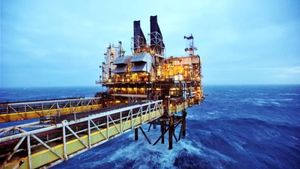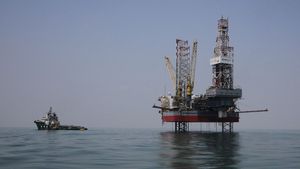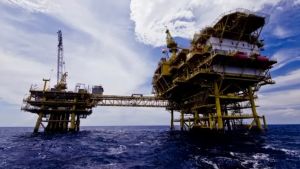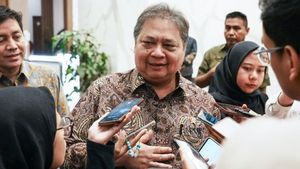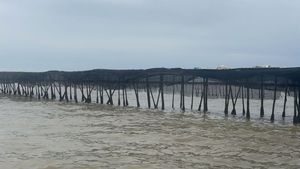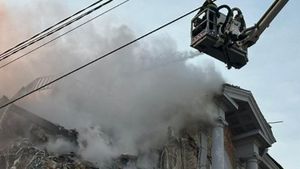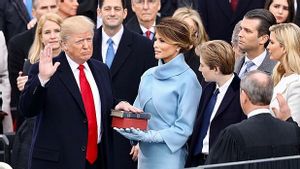JAKARTA - The Ministry of Energy and Mineral Resources (ESDM) through the Director General of Oil and Gas, Tutuka Ariadji, revealed a number of steps taken by his Ministry to attract investors to invest in the oil and gas sector.
Tutuka said that the government provides attractive regulations, such as by providing a share split no longer at 85-15, but starting from 80-20, where the government's share is 80 percent, and Partnership Contract (KKKS)'s share is 20 percent.
As the risk determined by geological and geophysical experts increases, the government's share will decrease, where for natural gas it could be 50-50, and petroleum 55-45, or the government's share is 55 percent and the remainder is KKKS' share.
"Providing other incentives such as accelerated depreciation, FTP (First Tranche Petroleum), and others, these can also be discussed together and discussed or submitted to the government. Then we also always try to speed up Environmental Impact Analysis (AMDAL) matters together with the Ministry of Environment and Forestry," said Tutuka, Monday, October 30.
In the downstream oil and gas sector, he said, the government continues to strive to increase the development of strategic natural gas infrastructure to encourage interconnectivity of the natural gas network.
One of them is the construction of the Cirebon-Semarang natural gas transmission pipeline (CISEM), which has just been connected to the Semarang-Batang section, 60 KM long, and construction of the Cisem Phase II gas pipeline (the Batang-Kandang Haur Timur section) 249 KM long will begin in 2024.
The government will also build a 400 km long Dumai-Sei Mangke gas transmission pipeline. If the Dumai-Sei Mangke section is completed, excess gas in East Java can be transferred to West Java and Sumatra.
"So that from the north of Sumatra to East Java it can be connected, if there is very large production, for example Andaman and other large potential in the north of Bali and north of Lombok, it can also be channeled into this pipe, so from East Java it can be channeled to West Java and above ( Sumatra), or from Andaman it can be transmitted to the lower reaches (East Java)," explained Tutuka.
اقرأ أيضا:
Tutuka said that if the downstream oil and gas infrastructure is ready, then the gas flow from upstream can be channeled to the fertilizer or chemical industry, or channeled to Special Economic Zones (KEK).
"This is an example of integration between upstream and downstream, so if gas potential is discovered, more or less like that, this country will have the power to build its own industry for national security, not just energy security," he stressed.
Just so you know, by the end of the third quarter of 2023, total investment realization in the oil and gas sector (upstream and downstream) has reached 61 percent or reached 10.61 billion US dollars from the 2023 prognosis of 17.44 billion US dollars.
The English, Chinese, Japanese, Arabic, and French versions are automatically generated by the AI. So there may still be inaccuracies in translating, please always see Indonesian as our main language. (system supported by DigitalSiber.id)



